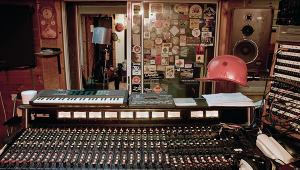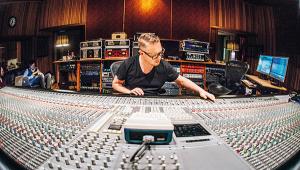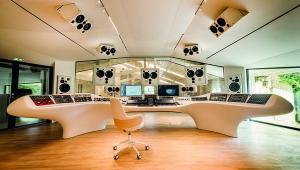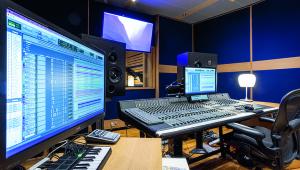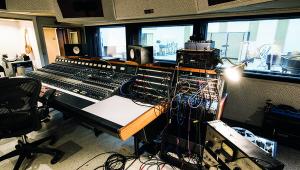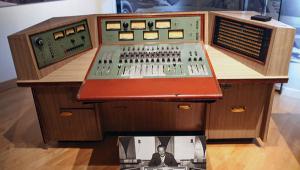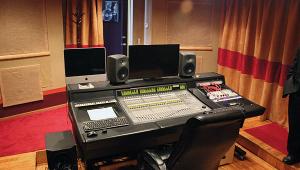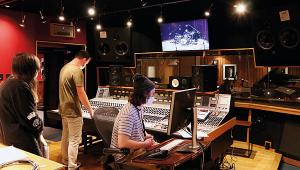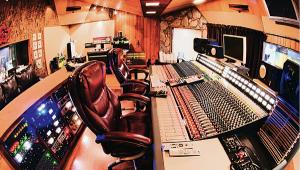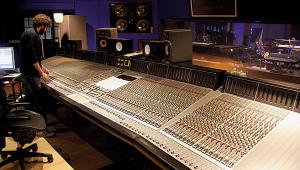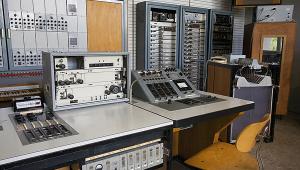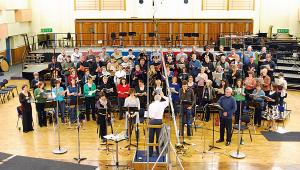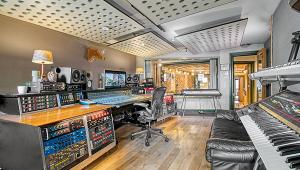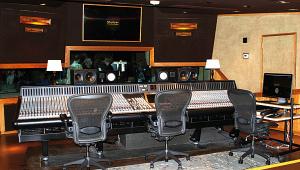Gold Star Studios
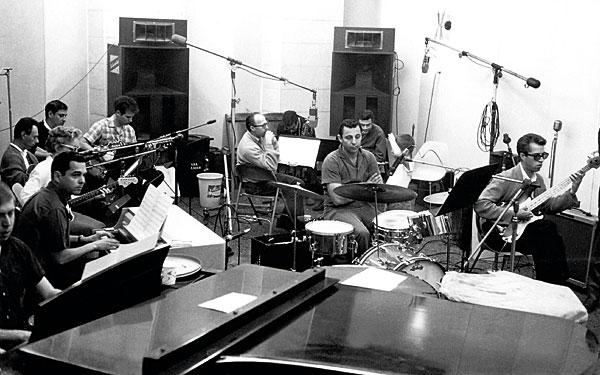
You could say that he was obsessed. Ever since he'd heard that record on his car radio and been so overwhelmed he'd had to pull over to the side of the road, his life had never been the same.
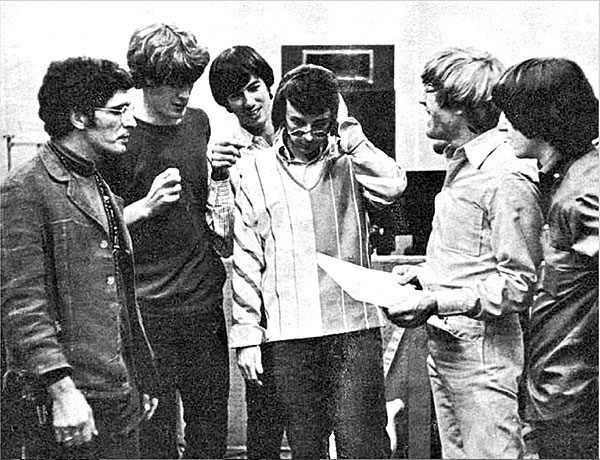
'I really did flip out,' he recalls. 'It wasn't like having your mind blown, it was like having your mind revamped. Once you've heard that record, you're a fan forever.'
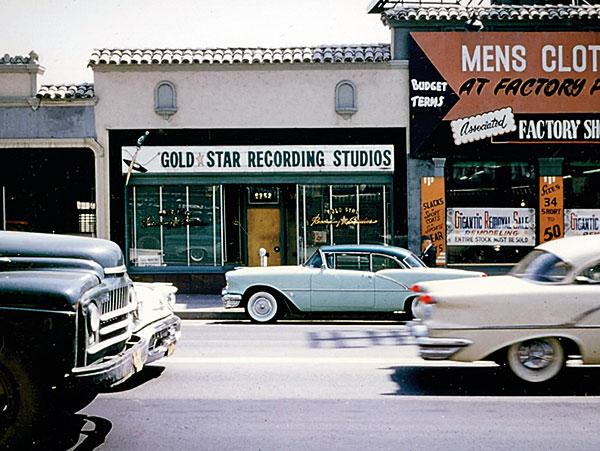
Totally convinced it was the greatest record ever made, he bought multiple copies of the single and put it on his living room jukebox, in his studio, in his bedroom and in all the other rooms around his house. He studied the chorus, tried to write in that vein, composed different versions of it. A bandmate remembers him comparing it to Albert Einstein's Theory Of Relativity, another says he must have listened to it 'ten million times'. His daughter is later quoted as saying that, during her childhood, she woke up every morning to the sound of that record. He had a tape loop created of just the last chorus and then listened to it for hours on end, as if in a trance.
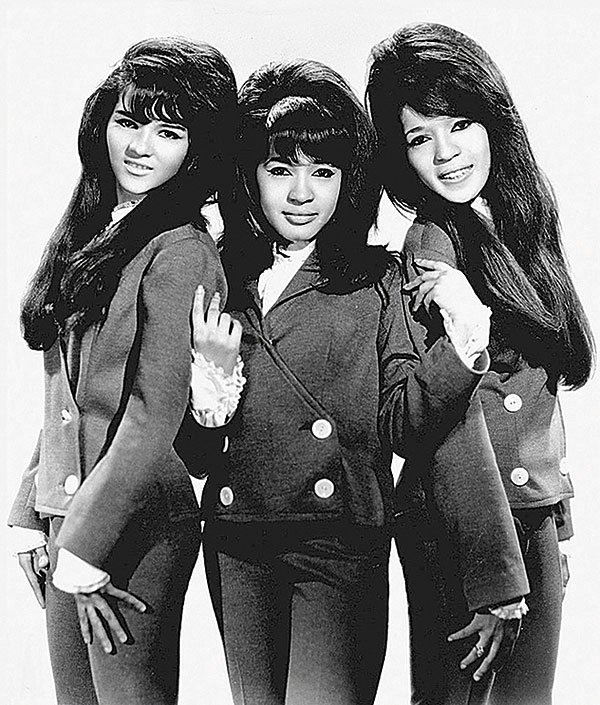
Heavy Vibe
The addict, disciple or whatever you want to call him, was boss Beach Boy Brian Wilson, and the man responsible for all this mental mayhem was Phil Spector. As for the record, it was 'Be My Baby' by The Ronettes, produced by Spector in Gold Star Studios, which stood in Hollywood, near the corner of Vine Street, at 6252 Santa Monica Boulevard. It was a place where madmen achieved the impossible, heroes conquered, and the damaged fell by the wayside. And Phil Spector was the undisputed king of them all.
'Like a spoiled child, Phil needed to be centre stage, the focus of everybody's attention', recalled 'Sonny' Bono. 'He stood in the centre of a chaotic session like no one I had ever seen. He was dressed entirely in black. Sunglasses shielded his eyes. His hair was a variation on a beatnik's bowl cut. Physically he was short and unimposing, but he gave off a heavy vibe that warned you not to screw with him... I was completely overwhelmed by this strange, brilliant and enigmatic man.'
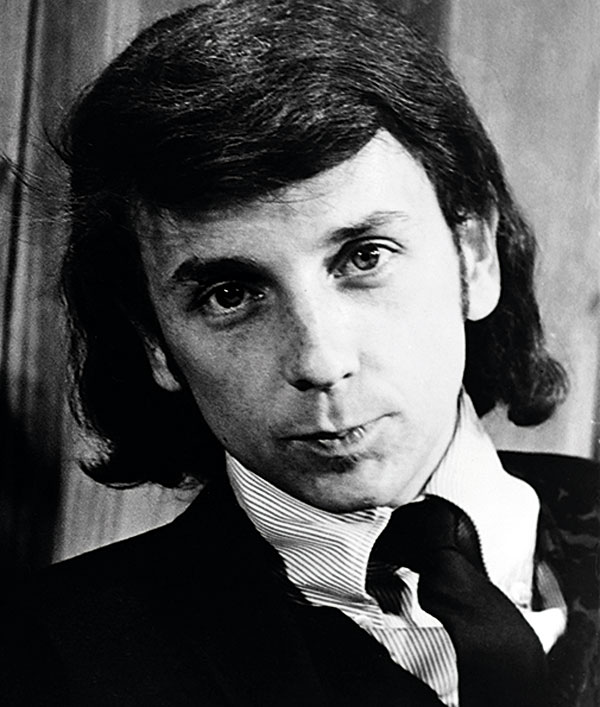
Star Chamber
Bono went on to fortune and fame as half of celebrity hippie singing sensations Sonny & Cher, but his career began pandering to Spector's every whim as his go-fer at Gold Star, the studio founded by David S Gold and Stan Ross, a couple of go-getter entrepreneurs, in October 1950. Gold in particular was something of a whizz-kid inventor with a gift for solving problems. Almost all of Gold Star's equipment was custom-designed and built by him, most notably the echo chambers for which the studio became famous.
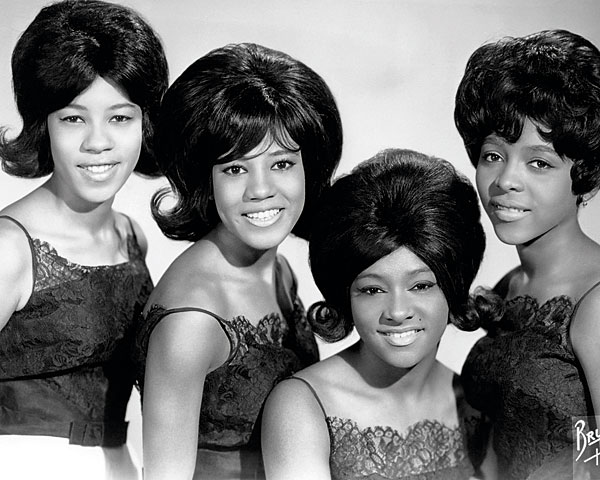
'At first we were using a hallway as an echo chamber', Gold recalled. 'We would open a door at one end where the studio entrance was and we would put a microphone at the other end. And that was our echo chamber until '56 when we built the two echo chambers directly behind Studio A. I felt I had to come up with something so I experimented with all kinds of stuff – sprays and echo plates and the like – and they sounded fine for instruments but were never good enough for vocals.
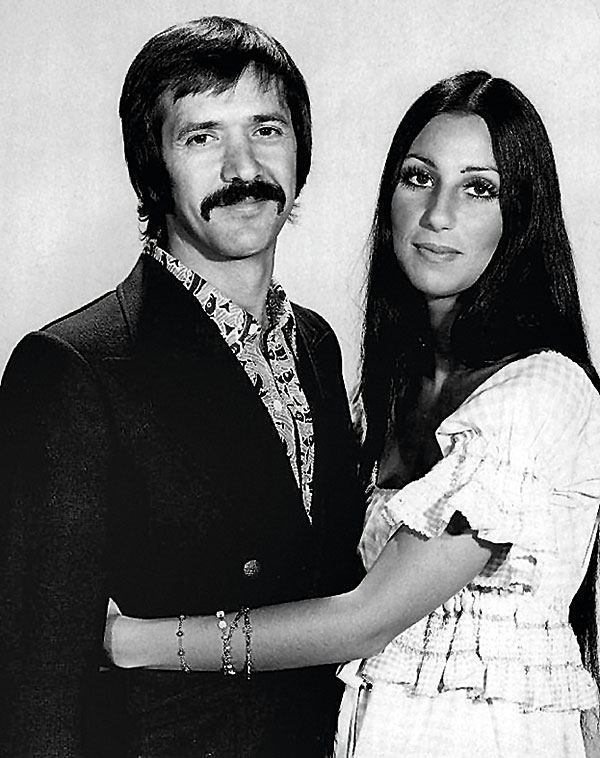
'Then I remembered something from my youth. My father's shop had a back room and it had an enormous shower that had some sort of cement on the walls and it echoed pretty good. The problem was I had no idea what was used. So, I interviewed some quite old plastery people who worked in that era and they gave me some idea of what the material was. I did some research on that and I actually formulated the surface coat of that material for these echo chambers which became known across the world.'
Neil Young, who recorded at Gold Star with Buffalo Springfield, recalls that 'The echo chamber itself was somewhat of a secret. Stan Ross would never let anyone see it. No one could go in there'.
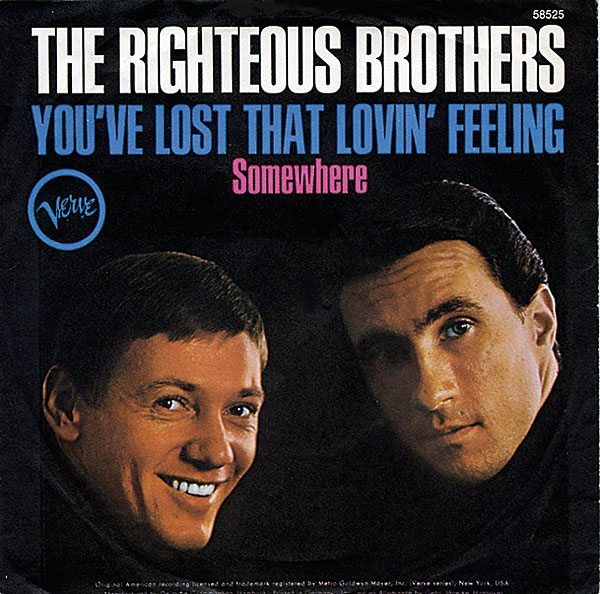
True Magic
A sound was fed into a speaker in the chamber from the control room, and a microphone placed in the chamber picked up that sound, with the added echo in the chamber, and sent it back to the control room, where it was remixed into the music according to how much effect was desired. 'You could turn it up or down, change the treble and bass by EQing it, but you never, ever went in there and moved that speaker or messed with that mic!', Young remembers. 'It was already great. If someone were to change the placement of the mics it would be a disaster. The sound could be gone!
